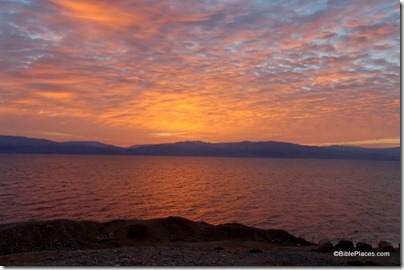Nir Hasson of Haaretz reports on the study of ancient plants at the Philistine city of Gath.
Until a few years ago most archaeologists would not even have considered these to be archaeological finds. The focus on them could symbolize the new road the discipline has taken in general, and Israeli archaeology in particular. Known as microarchaeology, this new field use precise scientific instruments to interpret more elements of the ancient record, making it more complex and at times, more human. Instead of great kings vanquishing cities, pillaging, murdering and being murdered, it also tells the story of cultural transformation and of simple urban dwellers. Called phytoliths, the white spots are what remains after most of a plant has decayed, as a kind of skeleton made of minerals. [Yotam] Asher is doing his Ph.D. on what phytoliths can teach us. Those at Tel Tzafit are what is left of plants that lived 3,300 years ago. A preliminary look under the microscope shows that one spot is what remains from a pile of domesticated wheat while another is of unidentified wild plants. "It’s possible that in one place was a sack of hay and in another, a sack of wild plants, or that these are plants that were on a roof that collapsed," Asher says.
The full story is here. The head archaeologist of the Gath project calls the article “great.” Joseph Lauer observes that the “four-horned altar” mentioned only had two horns.
